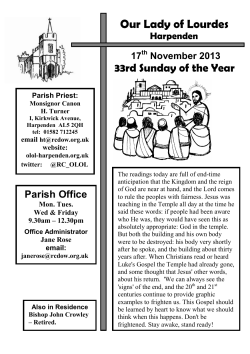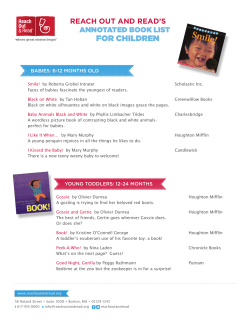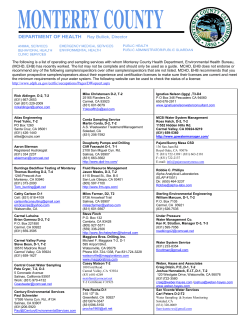
how to Use this activity
® READWRITETHINKCONNECT TM ® READWRITETHINKCONNECT TM How to Use This Activity ® READWRITETHINKCONNECT TM ® READWRITETHINKCONNECT TM On-screen:Follow the directions provided at the top of the activity. When you’re finished, check your answers using the “Score” button and READWRITETHINKCONNECT READWRITETHINKCONNECT print your work using the “Print” button. ® ® TM TM E-mail: When you finish this activity, you can send your answers to your teacher. Enter your teacher’s e-mail address on the line at the top of the page and click “E-mail” to send. If you use a Web-based program like Gmail or Yahoo, save the document to the desktop using “Save As” and e-mail it as an attachment. Click here to begin > Need help with your interactive pdf? Click here to visit our FAQ page. P r i nt T h i s pa g e Uses: Copy machine, opaque projector, or transparency master for overhead projector. Scholastic Inc. grants subscribers of Scholastic Scope permission to reproduce this page for use in their classrooms. Copyright © 2011 by Scholastic Inc. All rights reserved. 02/03/2012 Name: ____________________________________________________ Date: _____________ ® TM ® Your teacher’s e-mail (optional): ________________________________________________ E-MAIL READWRITETHINKCONNECT PLAY: Rip Van Winkle • Issue: February 20, 2012 TM Rip Van Winkle Quiz ® TM ® TM Directions: Read the play, Rip Van Winkle, or click here to view a PDF of the story. Then click the bubble next to the BEST answer for each question below. READ WRITE THINK CONNECT ® TM 1.Which of the following best describes the relationship between Rip and Cornelia? A quarrelsome and tense B loving and playful C supportive and encouraging D comfortable and casual READ WRITE THINKCONNECT ® TM 2.The prologue includes which one of these? A personification C foreshadowing B symbolism D exposition 3.In Scene 2, Nicholas Vedder refers to Cornelia as “Mrs. Sunshine.” This comment is an example of verbal irony because A Nicholas does not realize it, but Cornelia is about to nag Rip about feeding the chickens. B Cornelia’s last name is not Sunshine, it’s Van Winkle. C Cornelia does not have a sunny personality at all; rather, she is usually complaining about something. D Nicholas is drawing a comparison between Cornelia’s hot temper and the sun. 4.Which type of figurative language is used in the following line? “He said the sound of their balls was like distant peals of thunder.” A alliteration C simile B metaphor D pun 5. In Scene 4, Rip sees a flag with stars and stripes on it. He has never seen anything like it because A flags were invented while he was sleeping. B England changed its flag while he was sleeping. C he was always too busy goofing off to take notice of his surroundings. D it’s an American flag, and there was no United States of America when he fell asleep. 6.This story least fits into which of the following genres? A tall tale C classic B supernatural tale D memoir 7.In Scene 3 on page 15, Wolf says, “Grrrrrr.” This is an example of A metaphor C onomatopoeia B oxymoron D suspense 8.Compare the play and the comic. Which of the following statements is not true? A In both the play and the comic, Rip is characterized as easygoing but irresponsible. B In both the play and the comic, Rip sleeps through the American Revolution. C The play probably contains more details from Washington Irving’s original story than the comic does. D The comic probably contains more details from Washington Irving’s original story than the play does. Directions: Type your answers into the text box below each question. Use complete sentences. 9.Compare the illustrations on pages 15 and 16. How do they work together to indicate a passage of time? Include specific details from the illustrations in your answer. 10. A t the end of the comic, what is the setting? In other words, what time period is it, and where are the kids? How do you know? SAVE AS Start Over SCORE Print Uses: Copy machine, opaque projector, or transparency master for overhead projector. Scholastic Inc. grants subscribers of Scholastic Scope permission to reproduce this page for use in their classrooms. Copyright © 2012 by Scholastic Inc. All rights reserved.
© Copyright 2025





















